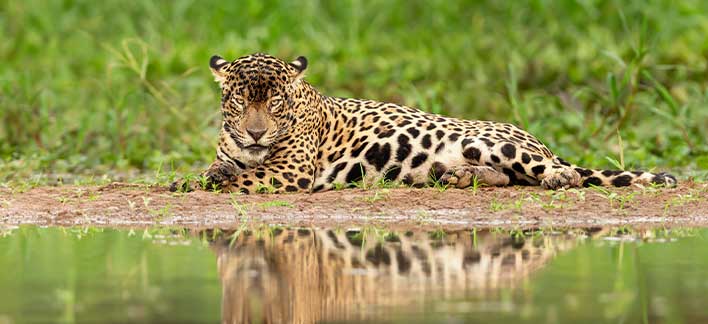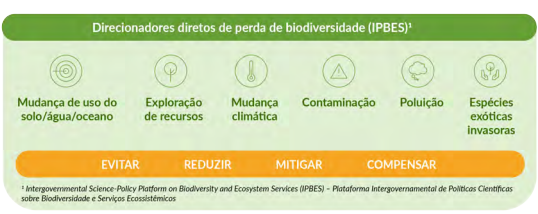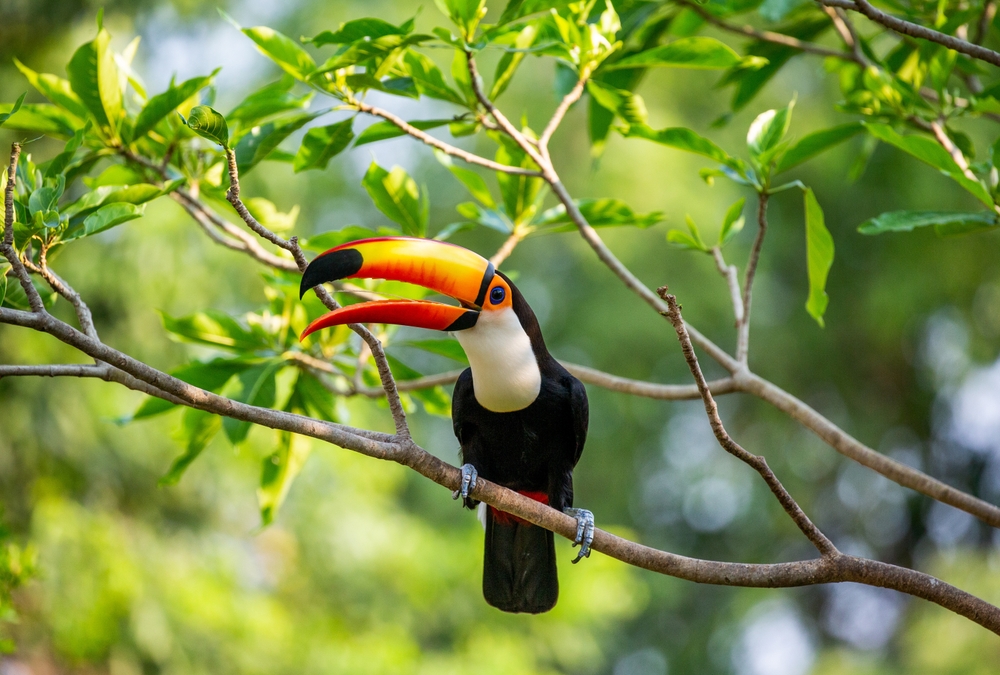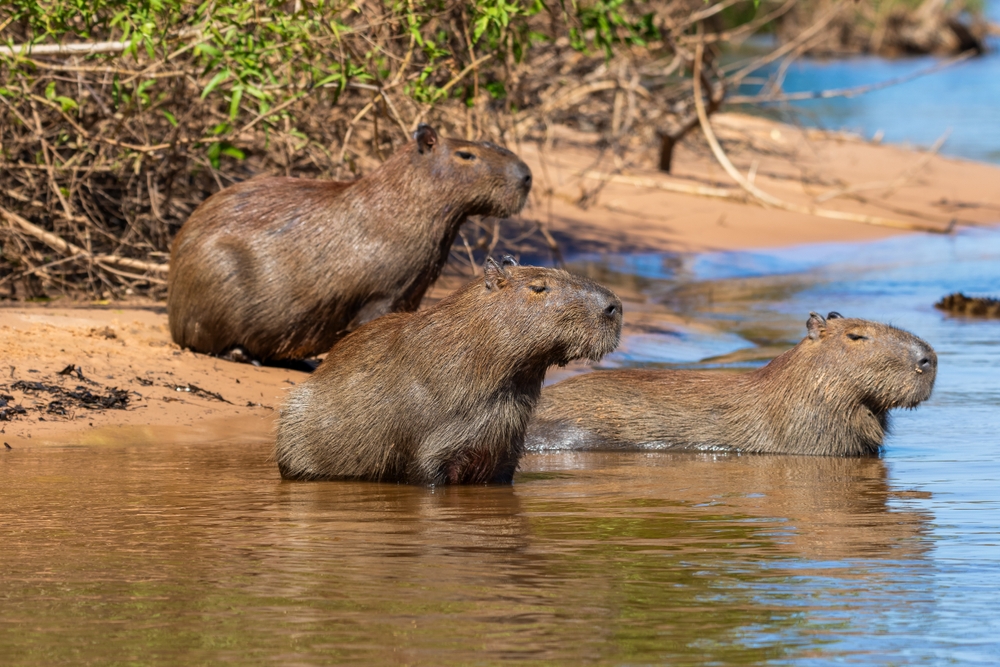
Biodiversity
Neoenergia's commitment to the preservation of biodiversity.
The achievement of this goal, which is aligned with Iberdrola's goal, is supported by the 2030 Biodiversity Plan, approved in 2023, and which applies to all facilities and activities. The Plan must also contribute to promoting cultural change and allowing “Living in harmony with nature”, in accordance with Vision 2050 of the United Nations (UN) Convention on Biological Diversity.
Since 2019, the Group has had a Biodiversity Policy, which is part of the Governance and Sustainability System. Revised in 2021, this Policy defines the principles of action that underpin the current Biodiversity Plan, reinforcing the development of a sustainable and positive business model with nature, which is integrated into strategic planning and decision-making.
The Plan's commitments and procedures are:

Global Biodiversity Plan 2030
In December 2022, the Iberdrola Group approved its 2030 Biodiversity Plan, which strengthens its commitment to nature and defines the objective of having a positive net impact on biodiversity in the year 2030, i.e., its activities must contribute to the preservation and improvement of biodiversity. In 2022, Neoenergia began structuring its 2030 Biodiversity Plan. The objective considers the direct impacts on threatened species and ecosystems, derived from the company's activities during the life cycle of its facilities. It is based on the application of the principle of conservation hierarchy, as well as on the implementation of mechanisms for identifying and quantifying impacts and monitoring their compliance.
The Biodiversity Action Plans of the facilities consolidate the different instruments applicable to each phase of the life cycle of the facilities and are reported to interested parties in the Global Biodiversity Report, released biennially. The Biodiversity Action Plans can be summarized in the following outline:


Pillars of Action of the 2030 Biodiversity Plan
Three lines of action support the Biodiversity Plan: Measure, Act, and Transform.
The company incorporates the most advanced practices to measure and better understand the impacts on biodiversity of activities, processes, and facilities. This occurs at the installation level, in the environmental assessment processes of new projects, and in the monitoring and control of the impacts of operations. It is also applied at the corporate level, through the Corporate Environmental Footprint, which takes into account the life cycle of activities, and the reporting of internal and external indicators.
MEASURE — Improvements in measurement standards
The accounting framework makes it possible to quantify the positive and negative impacts on species and ecosystems derived from the construction, operation, and decommissioning of projects. This measurement framework is based on the application of the Biological Diversity Protocol, managed by South Africa's National Biodiversity and Business Network (NBBN) and hosted by the Endangered Wildlife Trust (EWT).
ACT — Reinforcing actions
Actions will be intensified so that the group's facilities, processes, and activities have a positive net impact on species and ecosystems, that is, leaving as a result biodiversity in a better state than initially identified. To this end, actions are worked together with interest groups to define and execute conservation measures at all stages of the facilities. This will be done based on the following initiatives:
Apply the conservation hierarchy: avoid, reduce, restore, and regenerate biodiversity. It also implies proactively establishing conservation objectives so that in the early stages they are incorporated into the projects of new facilities. The action plans will take additional measures to meet legal requirements, covering the entire life cycle of the facilities.
The application of these principles includes, for example:
- Avoid, whenever possible, building infrastructure in areas protected for their ecological, biological, cultural and/or landscape value or in areas classified as High Value for Biodiversity.
- Avoid the impacts of activities associated with the supply chain.
- Promote technological solutions that minimize land use change.
- Reduce the impact on animals due to electrocution or collision on airlines and wind farms based on specific plans.
- Maintain ecological flow downstream of hydroelectric power plant reservoirs.
- Reinforce plans for monitoring flora and fauna, especially protected or vulnerable species.
- Continue action plans to prevent contamination of the aquatic environment and soil.
- Restore and compensate for residual impacts on threatened habitats and species with the same type of affected habitats and species.
- Establish specific actions against deforestation.
- Create ecological corridors in facilities suitable for this purpose.
Nature-based solutions are also applied. The challenges of biodiversity loss and climate change are addressed with actions based on conservation and improvement of ecosystems. They include biodiversity recovery projects, especially the Trees Program, launched by Iberdrola, with the proposal to plant 20 million trees by 2030 in all the countries where it operates.
TRANSFORM — Promoting change in biodiversity action
Given the magnitude of the current challenge, systemic change is necessary. For this reason, the transformation and cultural change necessary to live in harmony with nature are promoted, supporting initiatives that preserve it, contributing to innovation and promoting the dissemination of knowledge and environmental awareness. The assumed commitment to be an engine of change and to lead action through nature, integrating biodiversity into internal strategic planning and decision-making processes, as well as in the analysis, management and reporting of long-term risks associated with processes, facilities and activities.
Innovation efforts, knowledge sharing, promotion of scientific research, dissemination and destination of the value generated in nature are also intensified. These are fundamental tools for promoting cultural changes for the protection, promotion, and conservation of the environment and biodiversity.
The company also continues to report, in a transparent manner, on actions in the area of biodiversity, the presence of facilities in protected areas, and the research, conservation, education and awareness initiatives carried out.
Basic concepts
Its role is vital, as it protects the functioning of ecosystems in relation to their cycles: the water cycle, the nutrient cycle, or the soil cycle, with its correct formation. In addition, a good biological balance favors climate regulation and lower contamination.
As far as human beings are concerned, it provides us with food security, access to different raw materials, and accessibility to clean water. It also prevents possible natural disasters, as well as facilitates energy security.
- Integrate the conservation of biological diversity into the group's strategy and decisions about infrastructure projects.
- Apply the mitigation hierarchy and avoid locating new infrastructures in protected areas or those that have a high biodiversity value.
- Integrate biodiversity into the group's Environmental Management Systems (EMS).
- Participate in research, conservation, education, and awareness-raising projects.
- Inform about the group's actions in relation to biodiversity.
Check out the published reports:
News
2025-12-22
Neoenergia abre inscrições para sua primeira turma da Escola de Operadores do Centro de Operações Integradas
2025-12-19
Novo filme da Neoenergia sobre Natal reforça presença da marca com clientes
2025-12-12
Prêmio Brasil Olímpico 2025: Neoenergia reforça compromisso com esporte feminino no país
2025-12-09
Prêmio Aberje 2025: Neoenergia é campeã nacional com campanha sobre segurança na rede elétrica com Carlinhos Brown
2025-12-01
